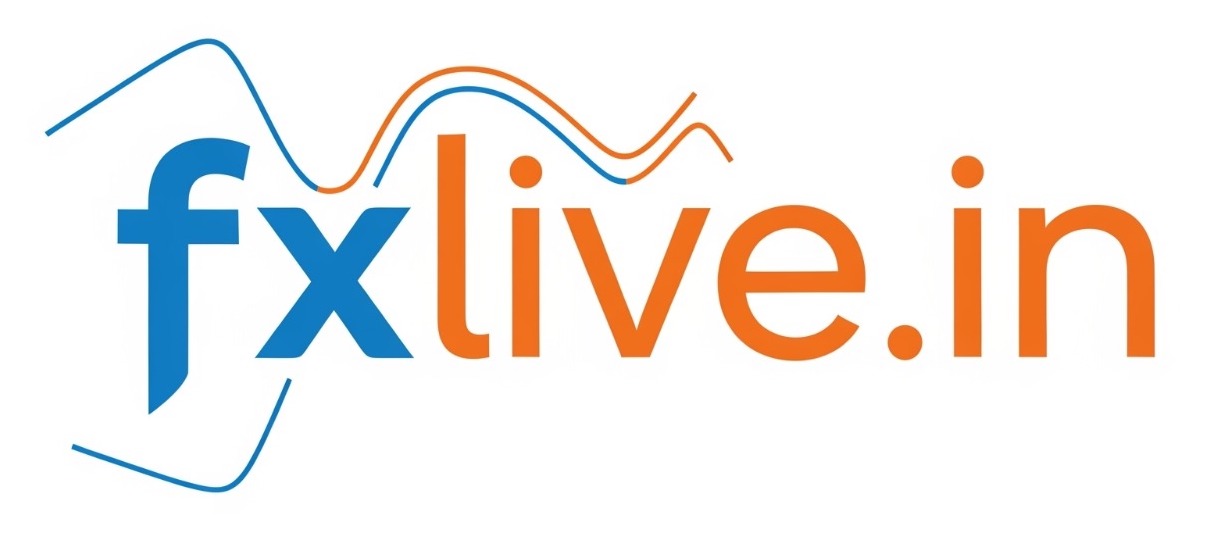Jai Siya Ram
US President Donald Trump has announced his intention to impose a 100% tariff on “any and all movies that are made outside of the United States.”
This is an unprecedented move that extends his administration’s protectionist trade policies into the cultural and entertainment industry, particularly as a tax on digitally delivered services.
Here are the full details surrounding the announcement:
1. The Announcement and Rationale
- The Action: President Trump stated via his social media platform, Truth Social, that he would be imposing a 100% tariff on foreign-made movies.
- The Rationale: He claimed that the American movie-making business has been “stolen” by other countries that offer tax incentives to draw production away from the U.S. and that California has been “particularly hard hit.” The stated purpose of the tariff is to force film production back onto American soil.
- Impact on Consumers: A 100% tariff would effectively double the cost of foreign-made movies for U.S. consumers. This would impact theatrical ticket prices (potentially turning a $20 ticket into a $40 ticket) and increase the cost of subscription services like Netflix, Amazon Prime, and others that license international content.
2. Implementation Challenges and Concerns
The policy has raised significant concerns among industry executives, legal experts, and trade analysts due to numerous practical and legal hurdles:
- Defining “Foreign-Made”: Modern filmmaking is a global endeavor. A single major Hollywood film often involves:
- Filming locations in the UK, Canada, or Australia for tax incentives.
- Visual effects (VFX) and animation done by studios in countries like India or New Zealand.
- Financing from multiple international co-producers.
- It remains completely unclear how the government will legally define where a movie is “made” for the purpose of the tariff.
- Legal Basis (Services vs. Goods): Tariffs are traditionally applied to physical goods that pass through ports. Films and television shows are typically classified as intellectual property and are delivered digitally (via Digital Cinema Packages to theaters or streaming). Experts are skeptical about the legal authority to impose a tariff on a digitally delivered service, particularly as the U.S. has prior binding international commitments (like under GATS) to provide market access for audio-visual services.
- Retaliation Risk: International markets account for over 70% of Hollywood’s total box office revenue. Industry analysts warn that other countries could impose reciprocal tariffs or quotas on American-made films, which would be financially devastating to Hollywood studios.
3. Global Impact
The tariff is not just aimed at traditional foreign films; it impacts any international production entering the U.S. market, including:
- Hollywood Studios: U.S. studios that rely on filming overseas to manage costs would face dramatically higher expenses.
- Global Streaming: Platforms like Netflix, Amazon Prime, and Disney+ would have to pay the tariff on their massive libraries of international content, likely leading to price increases or a drastic cut in foreign acquisitions.
- India’s Film Industry (Bollywood/Regional Cinema): The U.S. is one of the most lucrative overseas markets for Indian films, generating an estimated $100–$150 million annually. A 100% tariff would likely make most new Indian film releases economically unviable in the U.S. market.
The date of implementation for the film tariff has not been specified, but the announcement follows other recent threats of steep tariffs on products like imported furniture and branded pharmaceutical products.

